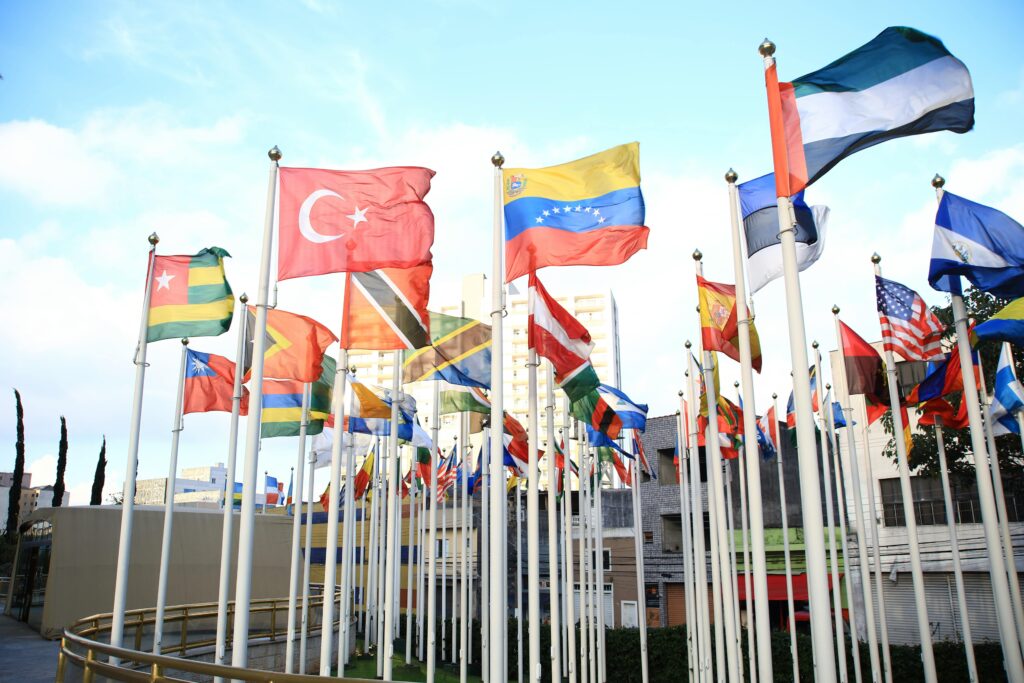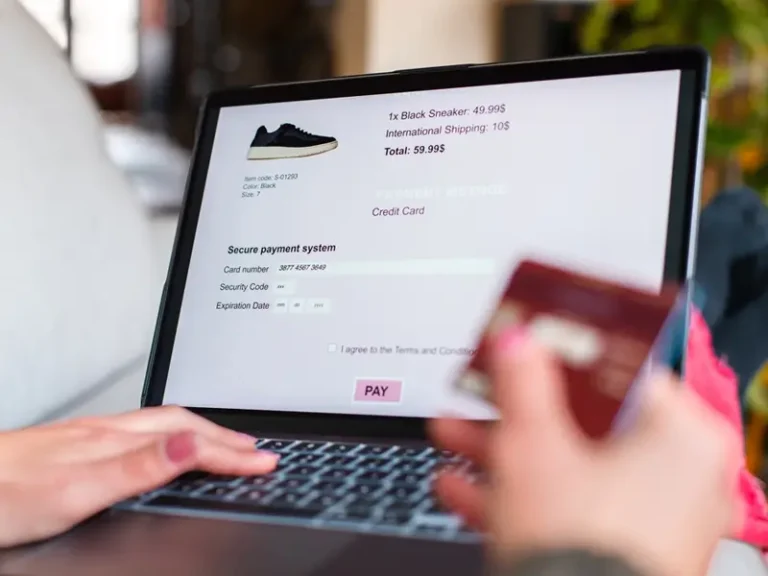For years, the US has been the dominant market for many ecommerce brands. According to Statista, the US ecommerce market generated $1.2 trillion in 2024., However, with new tariffs increasing costs and uncertainty, diversifying into international markets has never been more important. Expanding into new global markets can help you reduce dependency on any single region while tapping into high-growth opportunities worldwide.
Why ecommerce brands need to look beyond the US
With all that’s going on—and, frankly, will continue to develop—it’s vital that you evaluate your expansion plans and consider diversifying your strategy to markets beyond the US. Here’s why:
Trade policy volatility – With the US implementing new tariffs and retaliatory measures from other countries, relying solely on the American market increases risk exposure.
Increased costs of doing business – Higher tariffs mean higher import duties, customs complexities and slower fulfilment, impacting both profitability and the customer experience.
Global ecommerce growth – Markets like Southeast Asia, the Middle East and Europe are seeing ecommerce growth, making them attractive destinations for brand expansion.
High-growth markets for ecommerce expansion
While the US is an ecommerce market juggernaut, there are other international markets in which your brand can grow and flourish:
Europe – Despite new US tariffs, the EU remains a lucrative market, with strong online shopping habits and established fulfilment networks. According to the ESW Global Voices Survey, 75% of European shoppers purchased up to $1,000 in goods from international retailers.
Southeast Asia – Countries like Indonesia, Vietnam, and the Philippines are seeing rapid ecommerce adoption, driven by mobile commerce and rising disposable incomes. Nearly half of shoppers in Southeast Asia respondents to our Global Voices Survey said they have purchased cross-border in order to access brands or products they could not get at home.
The Middle East – The Gulf region, particularly the UAE and Saudi Arabia, presents a high-spending consumer base with increasing demand for premium global brands. Nearly 20% of Global Voices Survey respondents in the UAE said they plan to spend more online in 2025 than they did in 2024.
How to expand efficiently
When taking your brand into new international markets, there are smart strategies you can employ to help ensure short-term and sustained success.
Leverage localised ecommerce solutions: Partner with global fulfilment providers to ensure seamless delivery and compliance with international regulations.
Use cross-border fulfilment: Test new markets without heavy upfront investments by shipping from flexible fulfilment hubs.
Optimise pricing and duties: Work with trade compliance experts to minimise tariff exposure and optimise product classification for duty savings.
Conclusion
Diversification isn’t just a defensive strategy—it’s an opportunity to unlock new revenue streams and future-proof your business. By expanding strategically into high-growth markets, you can maintain momentum while reducing dependency on any single region.
Need to adjust your global expansion strategy? Talk to one of our experts.





